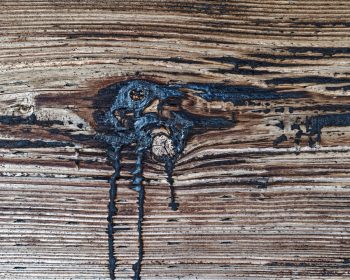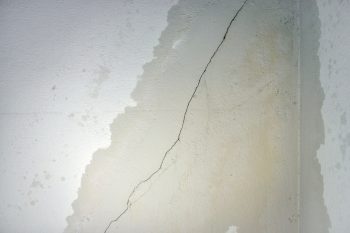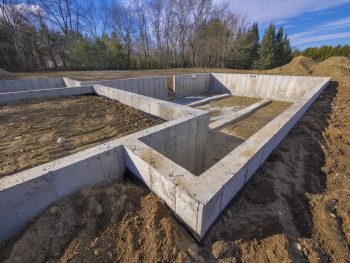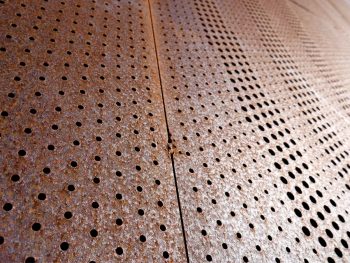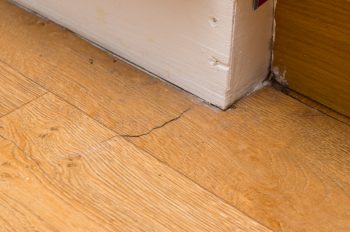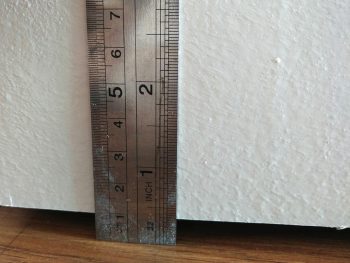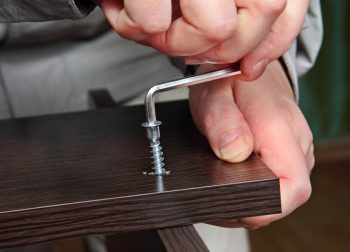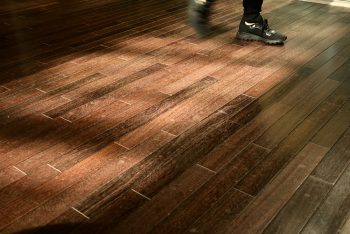
Many homeowners commonly use gravel on driveways and walkways because of their relative affordability and low maintenance.
However, one downside of a gravel driveway is that it spreads and moves around. So, how do you keep a gravel driveway from sinking?
When a gravel driveway is not laid with the proper depth, improper gravel type is used, or drainage is not planned, it can cause the gravel to sink.
Thankfully, there are several ways you can fix this issue, which include:
- Using a gravel grid
- Building a gravel base layer
- Creating proper drainage
- Creating a crown for your gravel driveway
- Controlling gravel with a border
On a slopy driveway, it is recommended not to install gravel flooring if it declines 15 feet over a distance of 100 feet. Rather you should reroute your driveway to a gentler path.
In this article, we will enumerate five ways to keep a gravel driveway from sinking. We will also discuss some of the best gravels for laying a driveway.
5 Ways To Keep Gravel Driveways From Sinking
If you are having trouble keeping your gravel driveway stable, there are a number of ways to improve its stability and keep it from sinking.
Many of these methods can be used together to create an even more durable surface that can resist flooding and erosion.
When done properly, it will save you a lot of work, raking or regrading gravel surfaces.
You can use any of the five methods below to keep a gravel driveway from sinking:
1. Use a Gravel Grid

Using gravel grids is one of the most effective, durable, and low-maintenance ways to stop gravel driveways from spreading and sinking.
A gravel grid has a plastic permeable paver that keeps the gravel in place, much like borders. The grid paver cells in each paver keep the gravel from moving.
Using gravel grids is excellent for steeper slopes, providing additional stability.
Here’s how to keep a gravel driveway from sinking by using a gravel grid:
- Secure the gravel grid to the soil using rebar stakes.
- After securing the gravel grid, fill it with crushed stones of 1/2 to 2 inches of gravel mix.
- Top off the gravel grids with smaller gravel, such as #411 or #511, for a finer and more compact gravel path.
2. Build a Gravel Base Layer
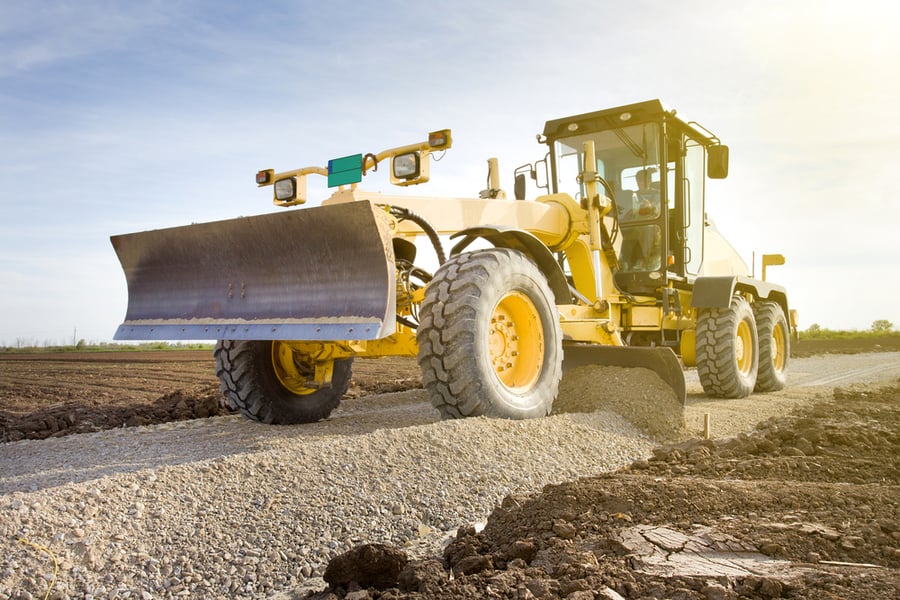
Another solution to keep a gravel driveway from sinking is to build a solid gravel base layer.
When laying gravel on an incline, building it to a depth of 8 to 10 inches is important.
You will have to use heavy machinery to excavate and grade the planned roadway to achieve this.
Or you could lay gravel on top of an already existing material.
Here’s how to keep a gravel driveway from sinking by building a gravel base layer:
- Excavate 8 to 12 inches of the driveway soil and grade properly.
- Install any culverts you may wish to run under the gravel at this time.
- Spread 4 inches thick of #3 crushed rock and roll till compact.
- Spread another 4 inches of #57 crushed stone and roll till compact.
- Finally, spread 4 inches of #411 crushed stone and roll till compact.
It is vital to lay the gravel in layers. Each layer should be pressed till it is compact. Starting from larger gravel to smaller gravel is key to building a durable gravel base.
It also allows proper drainage and compaction, as well as added durability and resistance to flooding.
3. Create Proper Drainage

When there is no proper drainage on your driveway, it can cause the gravel to sink and slide. So, it is crucial to create proper drainage.
A dry gravel driveway is more likely to remain in place than one with a pool of water on it. When planning a gravel driveway, install concrete culverts beneath the gravel to direct water under instead of on top of the gravel path.
Here’s how to keep a gravel driveway from sinking by creating proper drainage:
- Determine where water flows from onto the gravel.
- Dig drainage to intercept the water before it reaches the gravel to channel it away.
- For an existing gravel driveway, dig a trench drain alongside to direct water away from the top of the driveway.
4. Create a Crown for Your Gravel Driveway
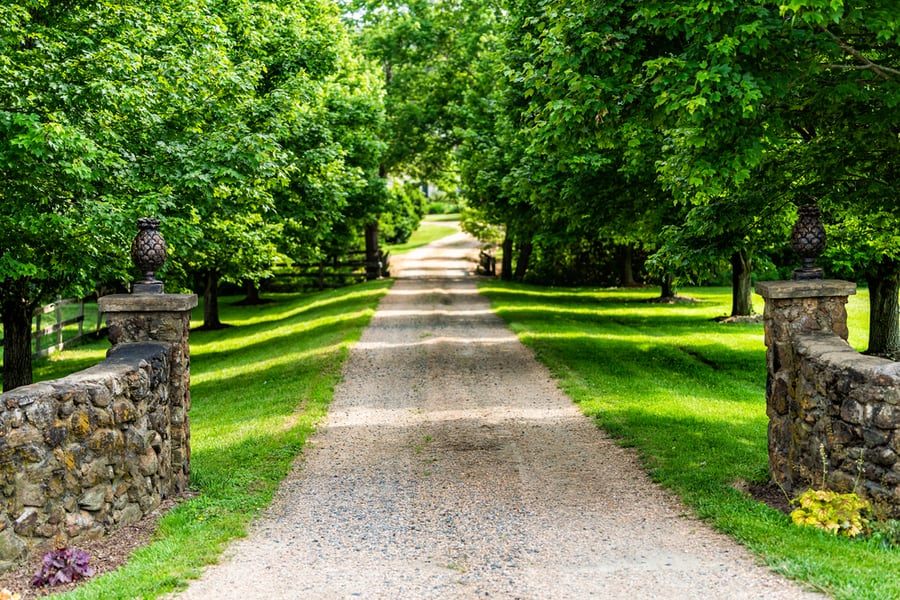
Another trick to help when installing a gravel driveway is to not lay it in a flat level layer from one side to the other.
Installing a gravel driveway this way causes water to pool, increasing the chances of sinking.
Rather, you should construct the driveway in a way that forms a gentle slope.
A gravel driveway should be such that a higher ridge along the center slopes gently to the sides of the driveway.
This ridge or crown helps channel water from the gravel driveway to the drain, thus keeping it dry rather than forming a pool of water.
Here’s how to keep a gravel driveway from sinking by creating a crown for your gravel driveway:
- When laying and compacting the gravel, build a crown along the center of the driveway.
- Slope the gravel gently downwards to either side.
- The crown can be anywhere from 3 inches to 6 inches higher than the edges.
5. Control Gravel With a Border
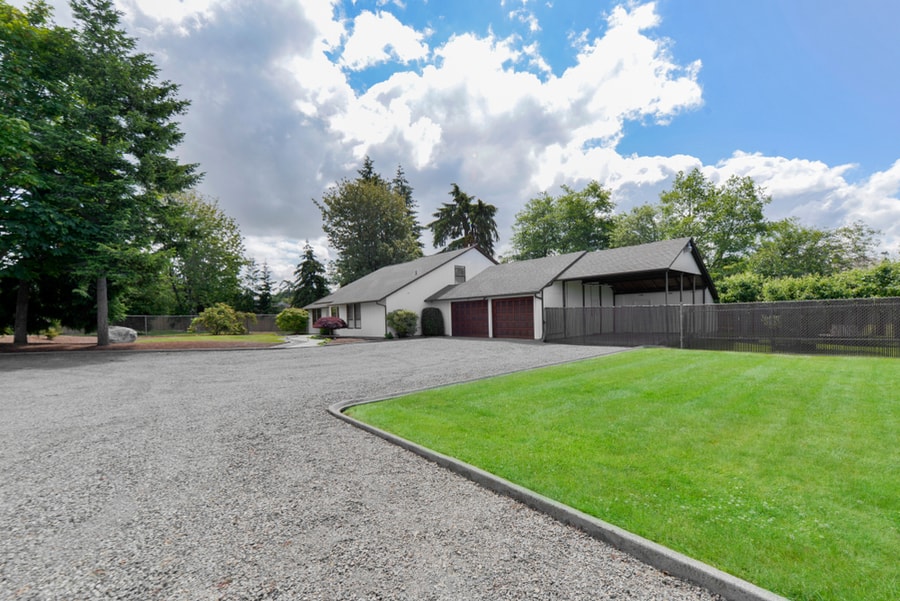
Creating a border around the edges of the gravel driveway is crucial if you want to keep the gravel in place.
If you have a deep gravel base, a border will help keep the gravel from spreading outwards and sinking.
If you build the gravel base with varying sizes, you don’t have to worry about the border serving as a trap for water.
Here’s how to keep a gravel driveway from sinking by controlling gravel with a border:
- Line the gravel driveway with stones, concrete, or even wood to keep the gravel contained.
- The border prevents the gravel from spreading; thus, every time you walk or drive on the gravel, it helps keep it compact and stable enough to resist sinking.
- Apart from keeping the gravel in place, the border can be an attractive feature for your home.
Types of Surface Gravel Best for Driveways
There isn’t a wide variety of bottom layers you can use for gravel driveways. But there are more options when it comes to finding the ideal driveway gravel grade for the surface. Some of the options are the following:
1. Crushed Stones
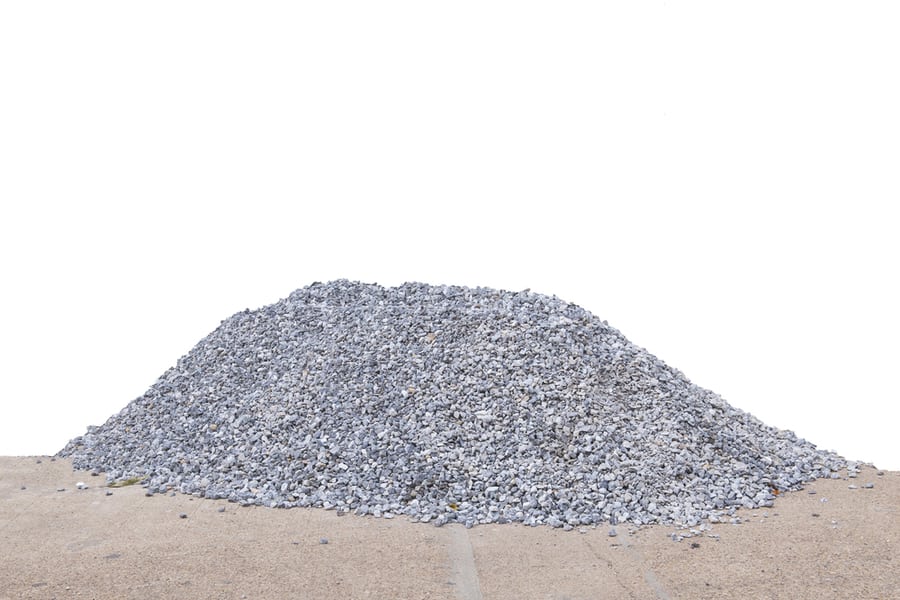
Crushed stones are commonly used for gravel driveways. It is a mixture of crushed #57 stones and rock dust.
This mixture creates a more compact surface that can handle moderate traffic from heavy vehicles without sinking.
2. Quarry Process Gravel
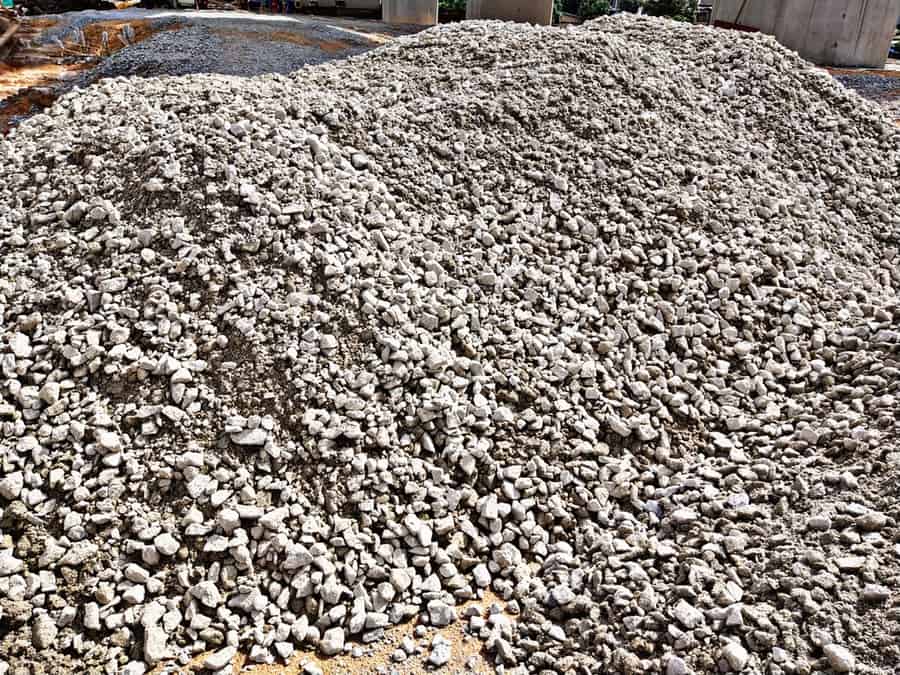
The quarry process gravel, also known as crusher run, is a type of surface gravel made of crushed stones and stone dust fines. The dust settles, thus making the surface compact, creating a semisolid surface that is smooth.
This type of surface gravel is best for slopes, especially towards the side, for better drainage.
3. Pea Gravel
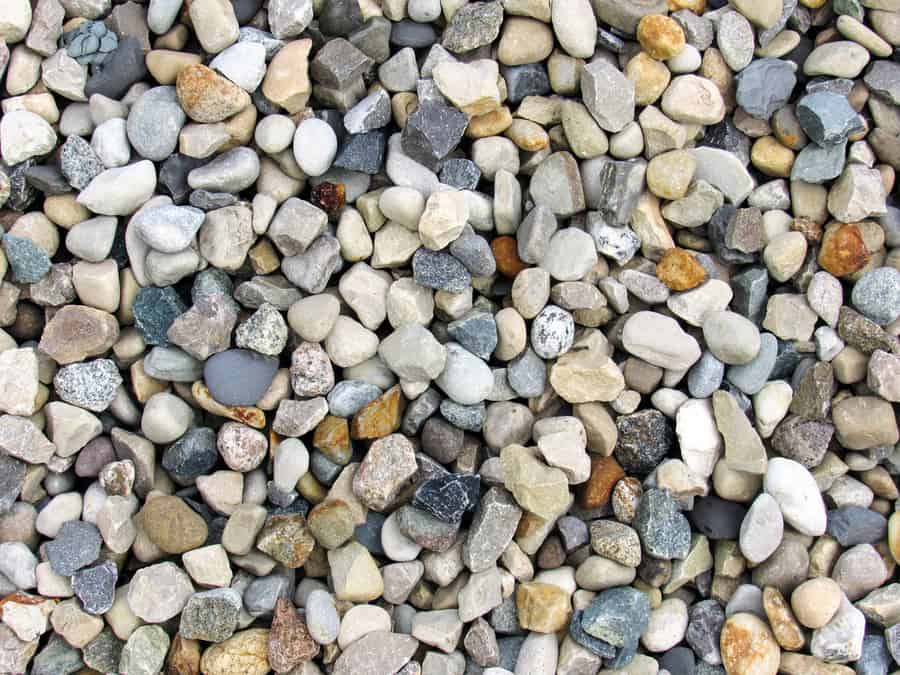
The pea gravel is most popular for driveways when aesthetics is important. Made up of rounded, small stones, pea gravel can come in many different colors.
Because of their size and shape, this type of gravel easily spreads under the weight of a vehicle, so borders and solid gravel bases are necessary.
4. Jersey Shore Gravel
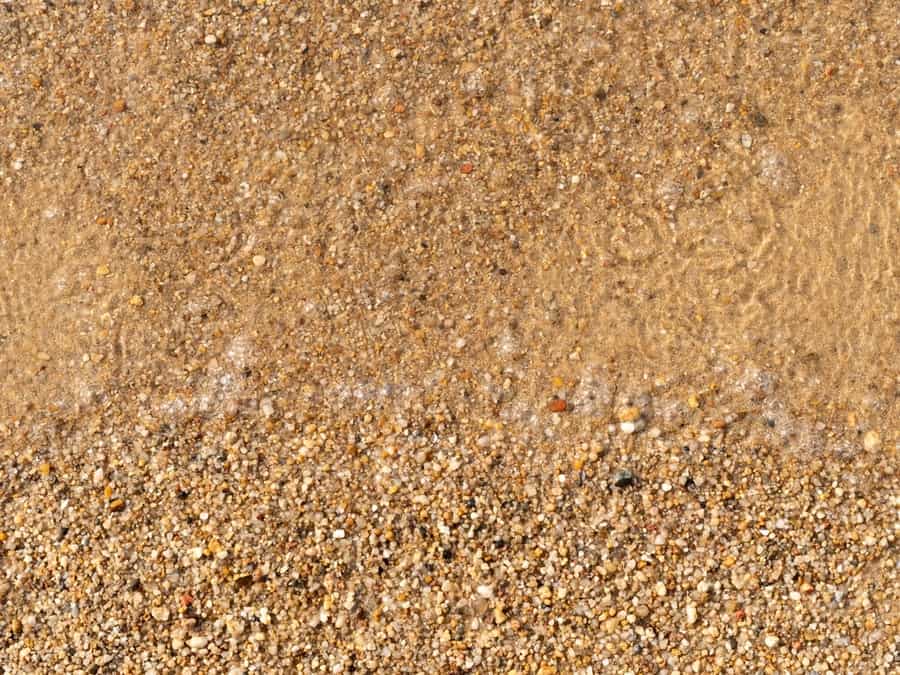
The Jersey shore gravel is a tan, yellow, gold, and brownstone that looks like sand. This type of gravel is similar to pea gravel and great for decorative purposes.
But they also need solid borders and stabilizing paver to prevent sinking and spreading.
5. Marble Chips
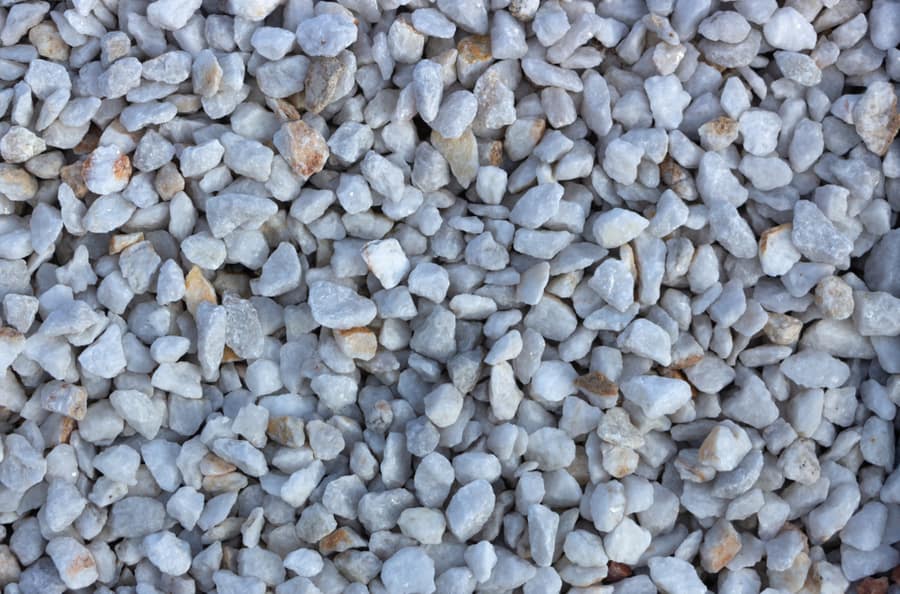
Marble chips have a white color and sparkle in the sunlight. While they are aesthetically appealing, they are typically more expensive than other gravel types.
When using this type of surface gravel, it’s important to have borders and stabilizers to prevent it from spreading and sinking.
6. Blackstrap or Blackstar Rock
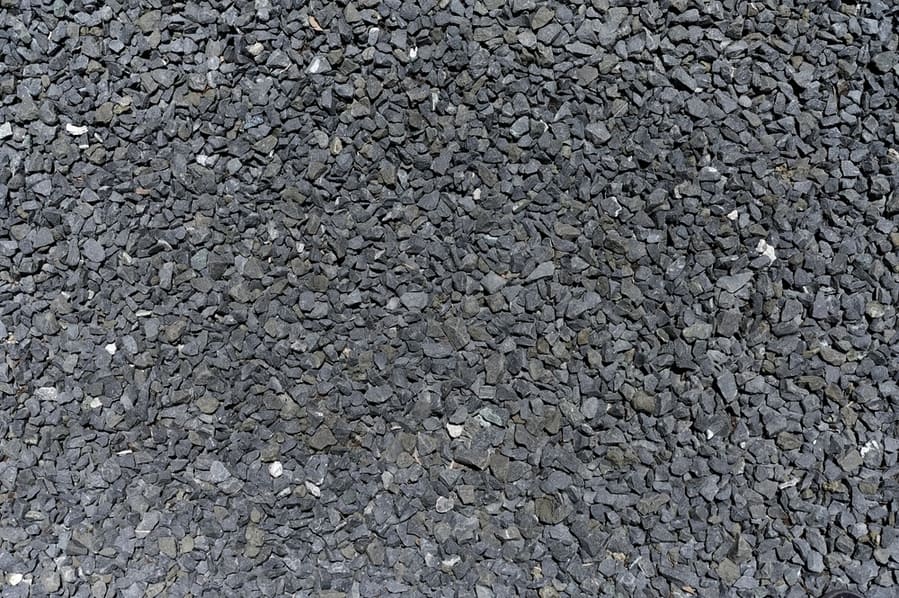
The blackstrap gravel is also a very attractive dark gray gravel that is an excellent choice for driveway surfaces.
Blackstar rocks have angular shapes that lock together. And if combined when stabilizing the grid, they provide a beautiful yet super durable driveway.
Conclusion
Conclusively, it is possible to keep your gravel driveway intact when you take the necessary measures.
There are many ways to prevent your gravel driveway from sinking or spreading, as you can see from this guide.
As long as you have a solid base gravel layer and borders, you wouldn’t have issues regarding sinking gravel.
Also, any way you can help the gravel driveway shed water is a huge bonus to keeping it in place.
Frequently Asked Questions
How Much Gravel Do You Need for a Driveway?
To calculate how much gravel you need for your driveway, determine the approximate area you are working with and desired depth.
There are several gravel calculators you can use for this purpose, but to help put things in perspective, you can use the rule of thumb below:
- For a 4-cm-deep and 10-meter-square driveway, you need 1 bulk bag or 850 kg of gravel.
- For a 4-cm-deep and 25-meter-square driveway, you need 3 bulk bags or 2,550 kg of gravel.
How Long Do Gravel Driveways Last?
If properly installed, gravel driveways can last up to 100 years. They are timeless and don’t require regular maintenance.
